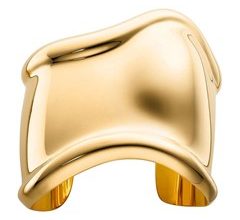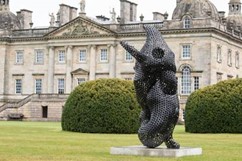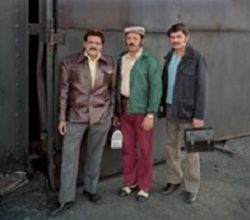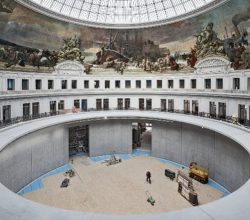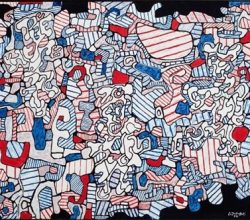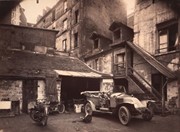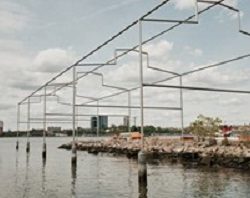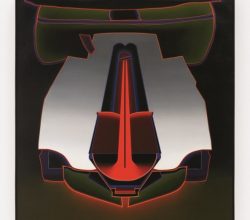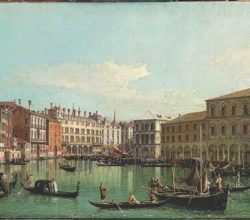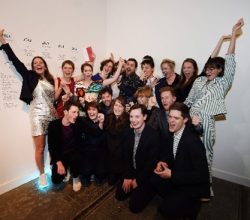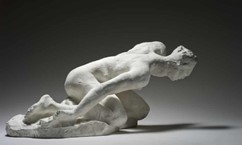
Nan Goldin Gets Your P.A.I.N.
Christian Viveros - Faune | The Village Voice | 21st April 2021
“Flashbulb memory” characterises Goldin’s diaristic photography – a way of remembering what happened the night before. A “vast” show of new work draws not just on the drug-addled 1980’s but also on more recent photography. Her work blurs into her anti-opioid activism but this does not stop them adding significantly to “the requiem-like power” of her oeuvre. Showing the “wonder and untold dangers” of addiction is a “reason the camera was invented”.

